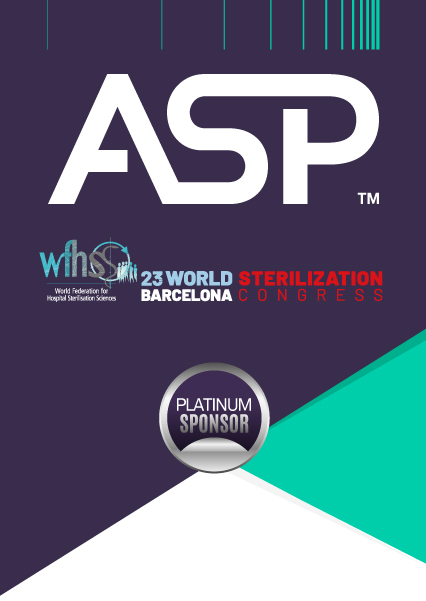
AGENDA

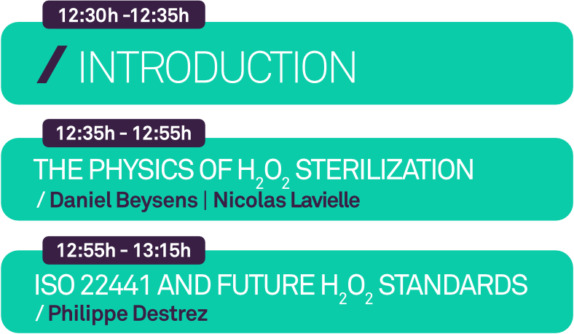
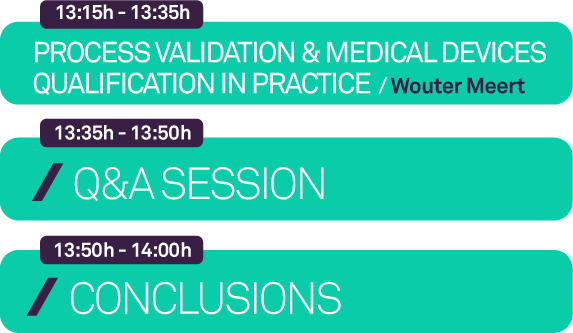
General Announcement
“H202 STERILIZATION: STANDARDS, PHYSICS, MEDICAL DEVICES AND PRACTICE”
Since its creation by ASP in the early 1990s, H2O2 low-temperature sterilization has come a long way. It became the indisputable reference for low-temperature sterilization modalities for hospitals across the world. As the number of sterilizer manufacturers attracted by the technology and applications of H2O2 LTS keeps growing, the time had come to develop dedicated international standards. After several years of intense and rich debates, ISO 22441 was published and will progressively take the place of 14937. We will take a walk through ISO 22441, remind the core principles common to ISO 14937 and ISO 22441 and explain the additional information and clarification brought by ISO 22441. Although H2O2 LTS has reached maturity, there is still a lot to be said about the H2O2 sterilization science. We will dive into the intimate physics of H2O2 interaction with surfaces and germs. Time will then come to conclude with the implementation of ISO 22441 and sterilization science in everyday practice.
SPEAKERS
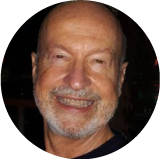

Daniel Beysens is the Honorary Director of Researches at the PMMH laboratory (Physique et Mécanique des Milieux Hétérogènes), a joint laboratory of CNRS (Centre National de la Recherche Scientifique) and ESPCI–PSL (Ecole Supérieure de Physique et Chimie Industrielle – Paris Sciences et Lettres). He is the President – founder of the OPUR International Organization for Dew Utilization and was President of the European Low Gravity Research Association. His area of expertise is phase transition, e.g. in space, to improve the management of fluids, or to condense water from the air on surfaces to provide a new source of potable water. He was awarded various prizes and honors in Physics and Environmental Sciences.
This presentation will be in continuation with “the physics of sterilization” in the core program of the congress. It will explain how H2O2 interacts with germs at atmospheric and in vacuum.
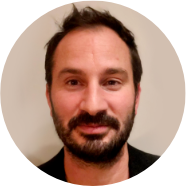

Nicolas Lavielle graduated with his PhD at ETH Zurich in the domain of materials science and interfaces.
He, then, was a postdoctoral fellow at the Univeristy of Toronto and ESPCI Paris, working on non-adhesive materials for water and bacteria.
His expertise fields are physical-chemistry of polymers, soft matter and physics at interfaces.
This presentation will be in continuation with “the physics of sterilization” in the core program of the congress. It will explain how H2O2 interacts with germs at atmospheric and in vacuum.


Philippe DESTREZ is R&D Director at ASP. He is an active member of several ISO and EN standard committees including the H2O2 LTS working groups since their creation. He spends his all career in the medical device industry and has more than 20 years of experience in device reprocessing, disinfection, and prion research. He also contributed to the development of the French and WFHSS guidelines.
ISO 22441 was published in August 20022. We will explain how the standard was developed, what it changes versus ISO 14937, and its links with the other H2O2 standards in progress
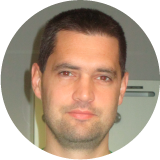

Over 22 years of experience in Hospital decontamination. Process, project CSA Lead. Instrument management Lead. Board member VSZ (Flemish sterilization Society). Board member VVOV (Flemish society of operating room nurses). Member of the superior
health council ministry of Healthcare, infection prevention, development Belgian guidelines.
Teaching sterilization courses in various schools. Member Working group, ministry of Healthcare. Management training risk analyses, ISO 13485, MDR 2017-745, International auditor. Speaker at various congresses.
The presentation will explain how the standard will be used in practice for the validation of H2O2 processes on medical devices
After the events all assets will be available
In order to get access to this information you just need to register
What is ASP University?
ASP University is your best teacher when it comes to Continuous Education (CE) in the field of patient safety, infection prevention, and sterilization of medical devices with low-temperature sterilization methods.
It is a community of healthcare professionals who share the same drive – to improve safety and excel at Medical Device (MD) reprocessing.
- Global guidelines for the prevention of surgical site infection, second edition. Geneva: World Health Organization; 2018. (pag.27 3.1 Surgical site infection risk factors: epidemiology and burden worldwide). https://www.who.int/gpsc/ssi-prevention-guidelines/en/
- Prevalence of healthcare-associated infections, estimated incidence and composite antimicrobial resistance index in acute care hospitals and long-term care facilities: results from two European point prevalence surveys, 2016 to 2017 (Pag. 7, Table 3) https://www.eurosurveillance.org/content/10.2807/1560-7917.ES.2018.23.46.1800516
- Special Report Top 10 Patient Safety 2020 – Executive-Brief, ECRI, page 9, 5. Device Cleaning, Disinfection, and Sterilization. https://www.ecri.org/landing-top-10-patient-safety-concerns-2020
